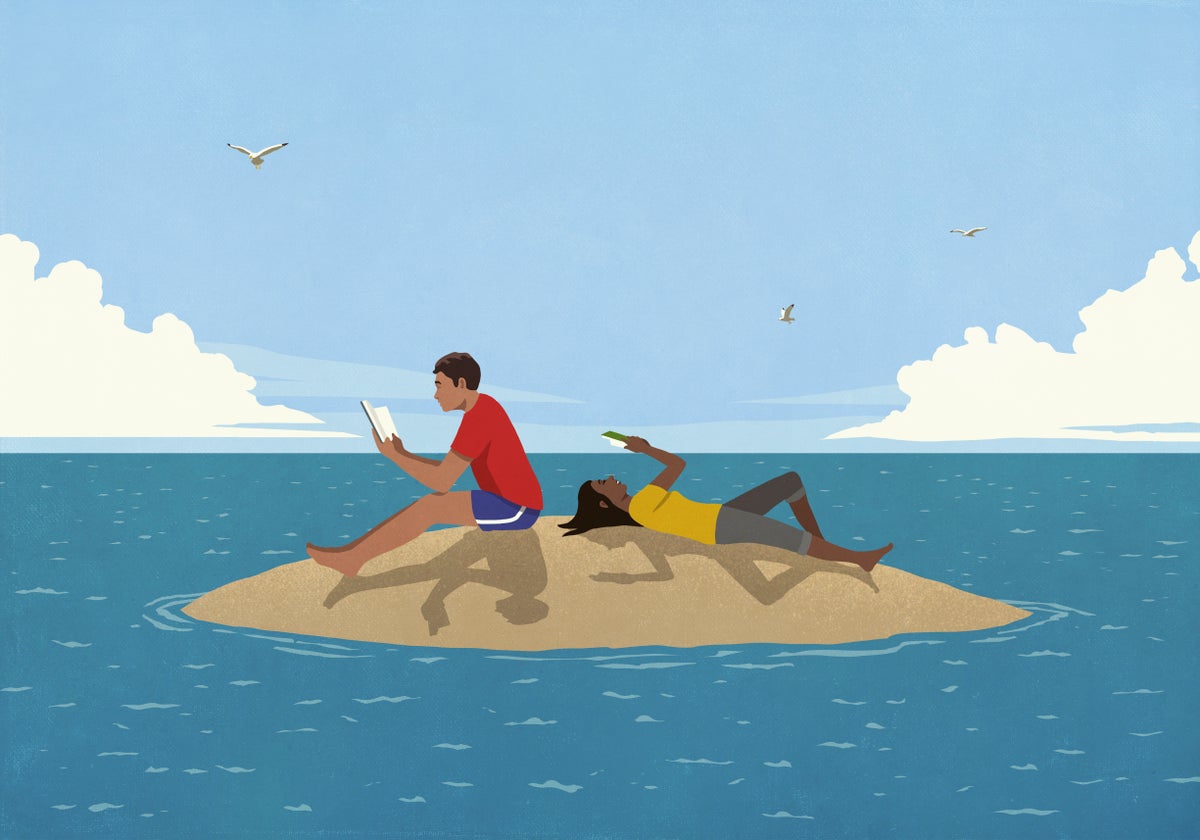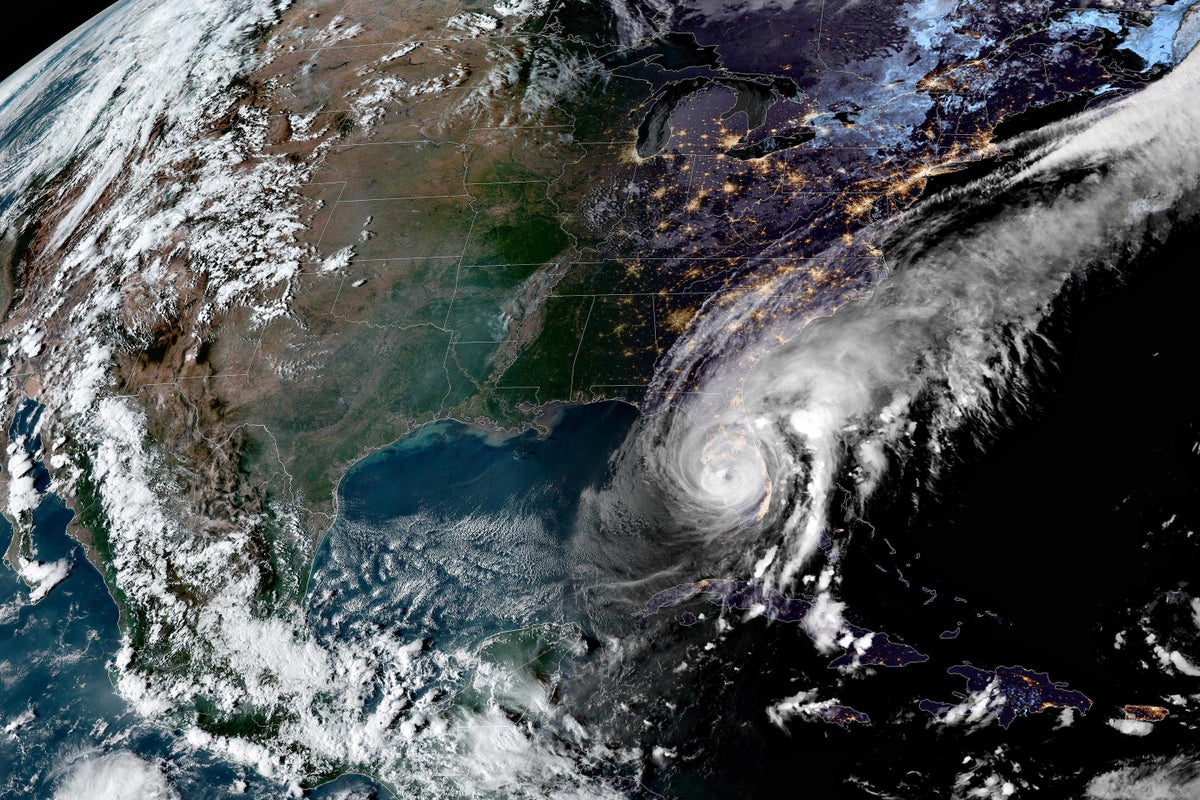Now Reading: Scientific American’s Top 4 Nonfiction Picks for June
-
01
Scientific American’s Top 4 Nonfiction Picks for June
Scientific American’s Top 4 Nonfiction Picks for June

Quick Summary
- Scientific American Recommends: Four nonfiction books addressing diverse scientific topics are spotlighted for summer reading.
- Clamor by Chris Berdik: Examines the impact of human-created sensory pollution (“sensory smog”) on health, wildlife behavior, and the future of auditory environments.
- Slither by Stephen S. Hall: Explores snakes’ adaptability amidst changing climates and their connections to human evolution via “snake detection theory.”
- Everything Is Tuberculosis by John Green: Highlights TB’s persistence despite medical advances and its link to global inequities, with historical insights into contributions from marginalized caregivers.
- Is a River Alive? by Robert Macfarlane: investigates rivers’ ecological importance across Ecuador, India, and Quebec while debating their sovereignty in legal and ethical frameworks.
Indian Opinion Analysis
This curated list of thought-provoking science-themed books provides notable insights relevant to India’s environmental challenges and public health issues. Topics such as sensory pollution discussed in Clamor could be especially pertinent for Indian urban ecosystems suffering from unchecked noise pollution affecting wildlife and citizens alike.Similarly, Is a River Alive? acknowledges India’s sacred connections with rivers like the Ganges while advocating for stronger protections against exploitation-a timely perspective amid industrial impacts on vital waterways in India.
Moreover,discussions about TB in Everything Is Tuberculosis resonate deeply with India’s ongoing battle against tuberculosis as one of its largest public health concerns fueled by poverty gaps. On evolutionary research shared within Slither, learning adaptive strategies from nature offers potential lessons for lasting climatic responses applicable to regions vulnerable to climate change impacts across India.























